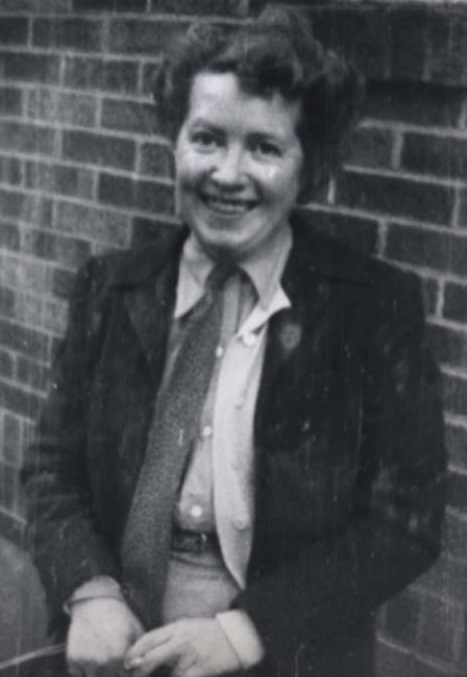 Mary Peters Fieser (1909-1997) was an American organic chemist known for the words she wrote, the molecules she made, and the sexism she didn’t let stop her.
Mary Peters Fieser (1909-1997) was an American organic chemist known for the words she wrote, the molecules she made, and the sexism she didn’t let stop her.
Mary was born in in 1909 in Kansas and raised in Pennsylvania. Despite her father being an English professor and her mother owning and managing a bookstore, Mary wanted to go a more “scientific” route (though writing would become a large part of her career). She entered Bryn Mawr College, planning to become a medical doctor, but decided to become a chemist instead.
To pursue this new goal, she enrolled in Radcliffe College after graduating so she could take classes and do research at Harvard in the lab of Louis Fieser, but still get a master’s degree – Harvard wouldn’t officially admit women at the time. As if not being allowed to earn a degree weren’t enough, some Harvard professors took the sexism a step further – one wouldn’t allow her in his lab instead making her carry out her assignments, unsupervised, in a basement.
Louis, however, welcomed Mary into his lab (and his life) – the two married in 1932, the same year Mary received her master’s degree, and were lifelong research partners. The marriage arrangement allowed Mary to work as a chemist (in Louis’ lab) at a time when job prospects for female chemists elsewhere were bleak. She was able to work, but not get paid, even when Harvard gave her a title of “research associate” in the 1960s (after she’d worked there for almost 3 decades).
In addition to synthesizing molecular compounds including vitamin K, Mary and Louis wrote a number of science textbooks, starting with the classic 1944 college text Organic Chemistry. Louis thought he could write the book by himself, with a bit of research help from Mary but soon realized he needed her more than he thought! They ended up writing the book together, with Mary responsible for most of the things the book is memorable for: its descriptions of real-life organic chemistry applications (not a common inclusion) as well as illustrations of their cats. These cats would make appearances in their subsequent books as well, which included regularly updated reference series on organic chemicals and their reactions.
After Louis’ death in 1970, Mary carried on the work alone, updating the books into her 80s. In 1971, the American Chemical Society awarded her the Garvan-Olin Medal and, perhaps hoping to right some of their wrongs, Harvard named an undergraduate chemistry laboratory in honor of her and Louis in 1996 and a Mary Fieser Postdoctoral Fellowship for women and underrepresented minorities in chemistry 2008.
Photo credit: Science History Institute
[sharethis-inline-buttons]
